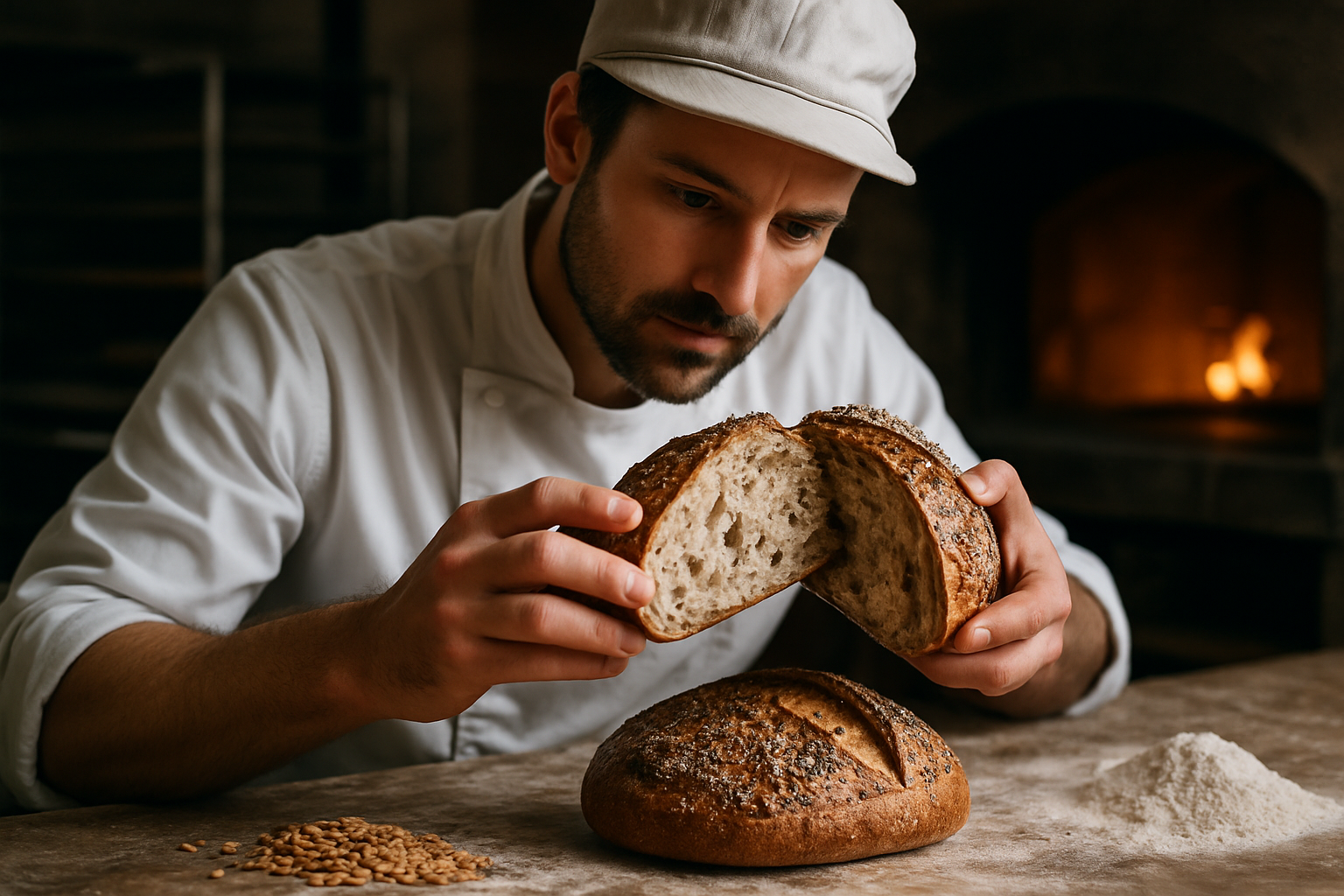Unwrapping the Secrets of Artisanal Bread: A Journey Beyond the Crust
Bread - an essential part of our diet and a universal symbol of sustenance. Its aroma, texture, and flavor have captivated our senses for centuries. But what about artisanal bread? What makes it so unique and why is it gaining popularity? Let's embark on a fascinating journey to explore the world of artisanal bread and discover how it's reshaping our culinary landscape.

The Rise of Artisanal Bread: A Back-to-Basics Approach
Gone are the days when bread was just a side dish. With the advent of artisanal bread, we are witnessing a shift in culinary trends. Artisanal bread represents a return to traditional baking techniques. It’s not about mass production, but about passion, craftsmanship, and the joy of creating something truly unique.
The Craft Behind the Crust: Techniques and Innovations
Artisanal bread is not just about ingredients, but also about the techniques used in its creation. From long fermentation periods to hand kneading and shaping, every step is meticulously executed. The use of natural leavening agents, like wild yeast, imparts a complex flavor and texture, making each loaf a masterpiece.
The Flavor Spectrum: A Taste Revelation
Artisanal bread is a revelation in terms of flavor. From the tangy taste of sourdough to the sweet notes of brioche, the flavor spectrum is vast and exciting. The use of diverse grains, seeds, and other ingredients like olives, nuts, or dried fruits, creates a symphony of flavors that takes our palates on an extraordinary journey.
Artisanal Bread and Health: A Nutritious Choice
It’s not just about taste. Artisanal bread also boasts of several health benefits. Due to the fermentation process, it often contains less gluten, making it easier to digest. The use of whole grains and seeds also boosts its nutritional profile, providing a good source of fiber, vitamins, and minerals.
The Future of Bread: Sustainable and Local
The artisanal bread movement is also about sustainability. Many bakeries are opting for locally sourced ingredients, supporting local farmers and reducing their carbon footprint. This trend is not only beneficial for the planet but also enhances the quality and flavor of the bread.
-
Did You Know?
-
The process of making artisanal bread can take up to 48 hours.
-
Many artisanal breads use heritage grains that preserve biodiversity.
-
The crust of artisanal bread is a result of the Maillard reaction, which gives it a distinctive flavor.
-
In conclusion, artisanal bread is much more than a gastronomic delight. It’s a celebration of craftsmanship, a testament to our culinary heritage, and a delicious way to nourish our bodies. As we embrace this trend, we are not just enjoying good food, but also supporting a sustainable and healthy lifestyle. So, next time you visit a bakery, don’t just grab any loaf. Take a moment to appreciate the artistry and taste the difference that artisanal bread offers.






